

|
Information and discussion regarding garden diseases, insects and other unwelcome critters.
|
|
|
Thread Tools | Display Modes |
|
|
#1 |
|
Tomatovillian™
Join Date: Sep 2012
Location: Lake Okeechobee, Florida (zone 10-b)
Posts: 161
|
Some of you know that I am fairly new to gardening. I have been having fun working it and learning about the different aspects of it. I scout my garden every day looking for any thing different. As I see a bug, I take a pic of it, research to identify it, and how it contributes to the health or detriment of my garden. Here are a few that I have come up with.
The invasive exotic Diaprepes Root Weevil, Diaprepes abbreviatus. Though it is beautiful, this Caribbean native has naturalized in Florida “where it has become a serious pest especially of citrus and woody ornamentals” ‘The weevil was accidentally introduced into Florida in the 1960s and caused extensive damage. It has been intercepted in shipments of plants to California.’ Said to feed on some 270 different plants, it’s described as ‘a significant threat to both urban and agricultural trees and plants. 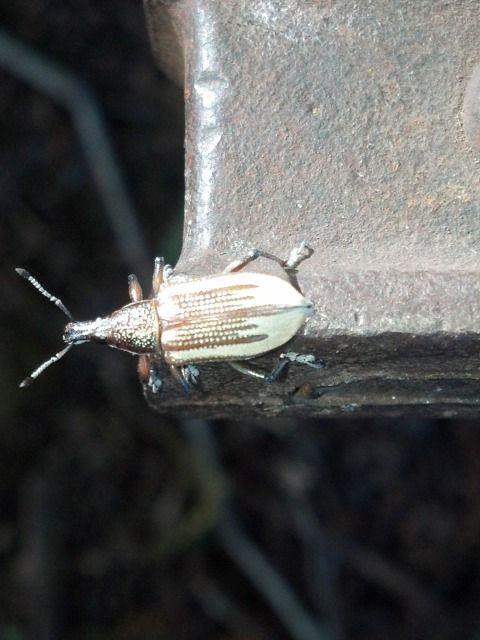 The banded cucumber beetle is basically a tropical insect, and until the early 1900s its distribution in the United States was limited to southern Arizona and Texas (Saba 1970), and south through Mexico and Central America (Krysan 1986). It has since expanded its range throughout the southern United States from North Carolina to southern California, though its intolerance to freezing temperatures probably limits its northward distribution to its current status. Within Florida it is most abundant in the organic soils near Lake Okeechobee, though it occurs throughout the state, where it is known as a vegetable pest. The banded cucumber beetle is nearly omnivorous, and in addition to numerous plants being attacked, all parts of the plant are injured. Damage may occur to foliage, blossoms, silk, kernels, the plant crown, and roots. Larvae feed only on the roots. The most frequent forms of serious injury are defoliation by adults and root feeding on plant seedlings by larvae. Some of the most serious injury results from larval feeding on sweet potato roots. Banded cucumber beetle is known as a vector of virus diseases in beans, and larval feeding might increase the incidence and severity of Fusarium wilt. 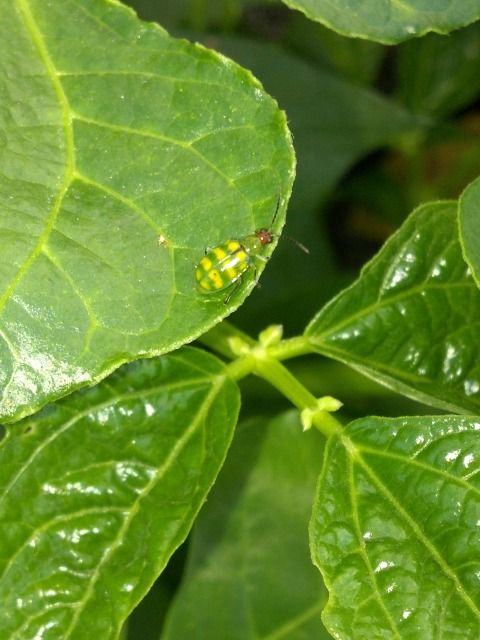 The assassin bug is a predatory bug that will use its sucking-piercing mouth parts to feed on other insects. Not to let you down, these bugs get their name from their hunting style. You see they tend to remain concealed and still until they ambush any unfortunate prey going for a nice stroll. In one quick and accurate strike they will inject a deadly poison into their prey. This is the gross part folks! This poison will cause the tissues to break down so the assassin bug can simply suck up their food like a McDonald’s milkshake. If they are handled roughly they will pierce your skin in self-defense. This will feel a lot like a bee sting and will be followed by numbness and swelling. 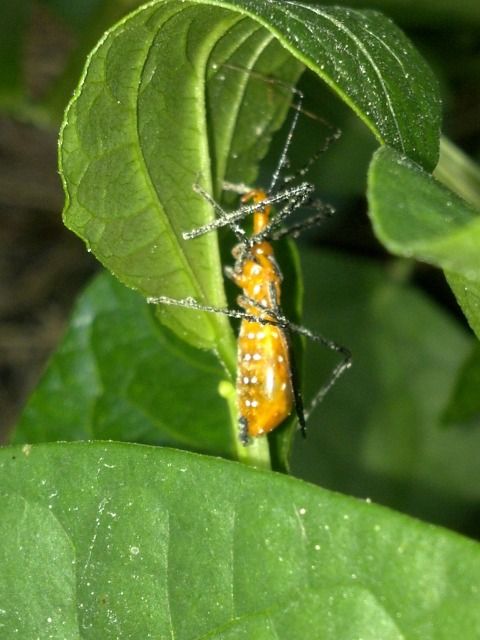 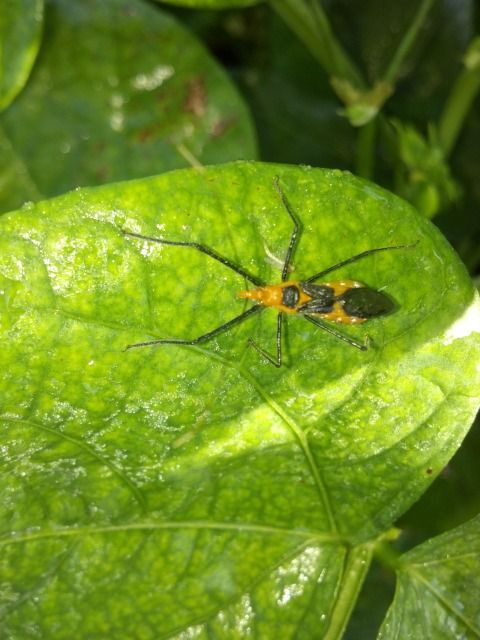 And another type of assassin bug also called a wheel bug. 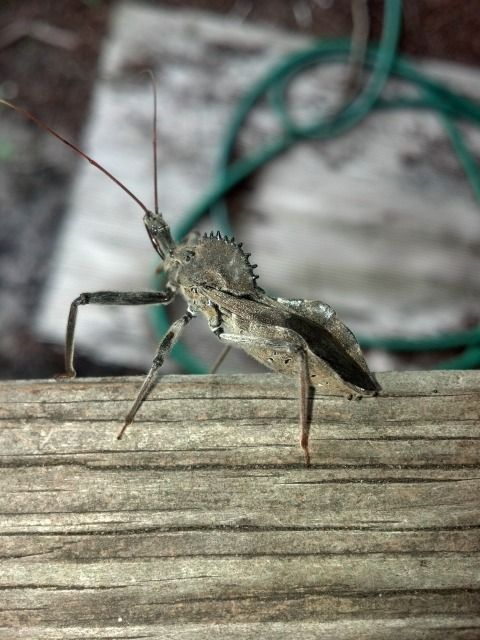
__________________
Life is very short and there is no time for fussing and fighting my friends. The Beatles |
|
|

|
| Thread Tools | |
| Display Modes | |
|
|
